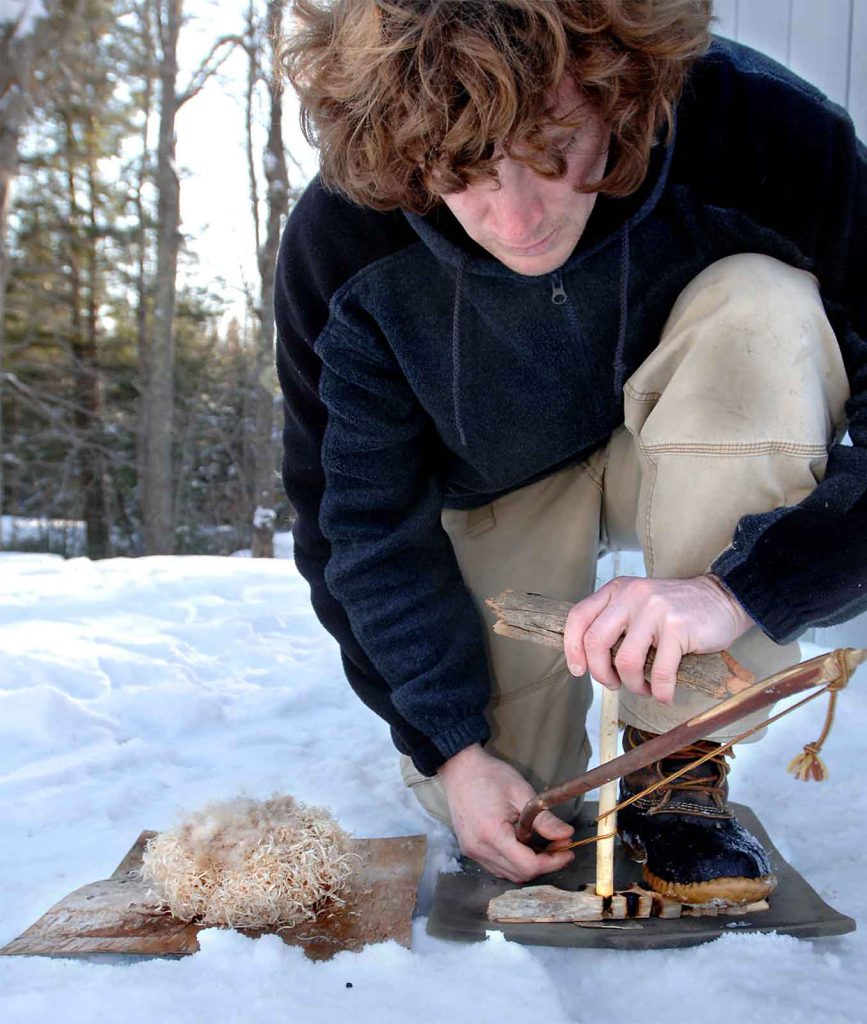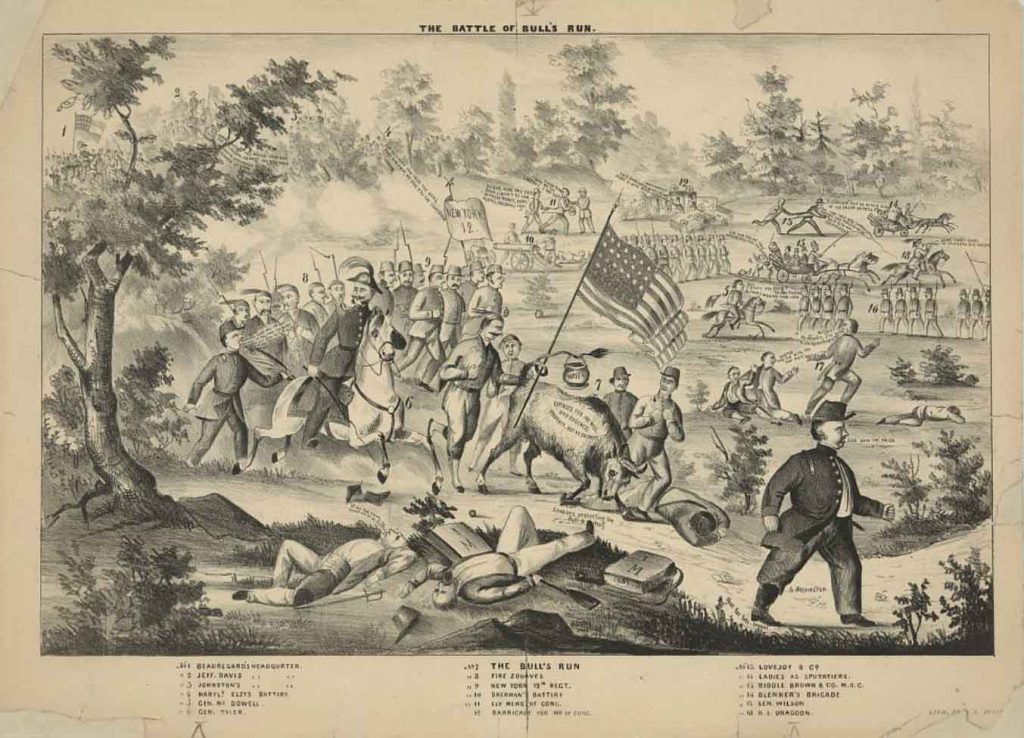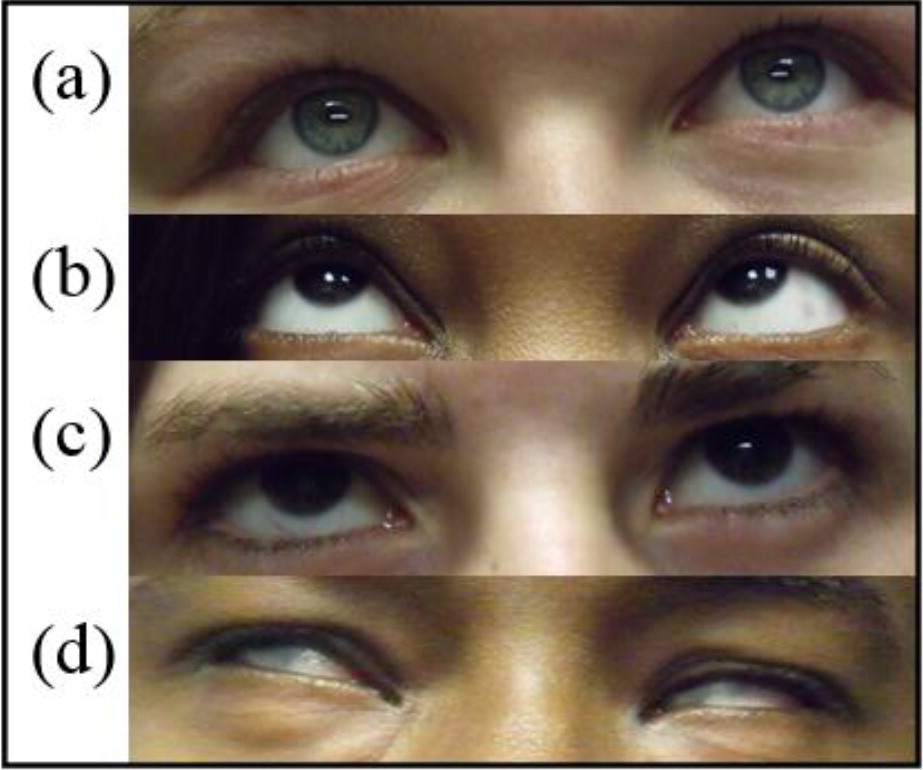Would Our Early Ancestors Have Watched the Super Bowl?

“It’s not your fault you watch football all day—man has always been captivated by watching stuff,” states a Coke Zero commercial that aired during the U.S. football season in 2013. The ad shows a person gazing hypnotically at a television, then cuts to an ancestral human staring at a fire.
This might seem like just a bit of fun, but as an anthropologist who has studied the impacts of both activities on the human brain, I can attest that it’s true. Gathering around a large-screen TV with family, friends, and food to watch the Super Bowl has, indeed, been predisposed by human evolution.
People have sat around campfires relaxing and telling stories for hundreds of thousands of years. A strong case can be made that this has created a selective evolutionary pressure for people who can chill out by a fire, which puts them in the mood and position to learn from storytelling, and to act cooperatively rather than independently.
Today’s media devices, from television to smartphones, have harnessed some of the same qualities of campfire experiences that make us feel good, such as the multisensory stimulation and narrative storytelling, thereby concentrating and focusing them into a potentially harmful overdose. With increasing concern about the addictive nature of social media and screen time, it is important to consider just why and how these media are so compelling.
Fire is one of the cornerstones of humanity’s long history. Anthropologist Richard Wrangham has suggested that the invention of cooking over a fire led to a step change in our intellectual abilities: Cooking enhanced the amount of energy we could get from food, allowing our ancestors’ brains to become larger. The development of the hearth had social impacts too. Someone had to tend the fires and coordinate the cooking. Wrangham, along with archaeologist John Gowlett and psychologist Matt Rossano, suggests that tending fires and performing rituals around them forced humans to figure out how to plan, cooperate, and possibly even to speak. E.O. Wilson, emeritus professor and museum curator of entomology, compared early human campfires to the nests of ant colonies: a nurturing spot that helped to develop the important social interdependence of human groups.
There is limited evidence that early humans came together around fires to process tools and cook, but as cognitive archaeologist Steven Mithen points out, more recent Homo sapiens certainly did. Fireside activities may have provided the spark for many human innovations. There is no direct evidence of humans kindling new fires (creating one from scratch as opposed to tending one), but the oldest technology to make bow drills for starting fire appeared around 125,000 years ago. The social context of modern fire behavior was evident by the Upper Paleolithic, approximately 40,000 years ago, which is also when art, needlepoint, fishing hooks, clothes, and other incontrovertible signs of cultural behavior appear in abundance in the archaeological record.
Gathering around an evening fire is also an important opportunity for calm information exchange. During the day, biological rhythms produced by elevated cortisol and other stress hormones keep humans awake and provide the pre-coffee bump needed to be motivated and get things done—like finding and preparing food, and cleaning up around the house and yard. But as cortisol levels drop in the evening, we’re able to sit and relax. We’re in a mood to tell and listen to stories. Anthropologist Polly Wiessner has found evidence for this among contemporary hunter-gatherers: Their daytime conversations are mostly functional, but at night people tend to gather around fires and chat. This is the core venue for retelling a society’s great stories—and passing along information that is central to a group’s future survival.
The late evolutionary biologist Richard Alexander suggested that storytelling is vital for human development: Creative endeavors such as novels, comedy acts, and plays provide a type of surrogate scenario building that individuals do not have time or energy for, or simply can’t afford to personally explore. We can’t all learn firsthand which berries are fatal to eat or which animals are the most dangerous; we tell stories, both real and fictional, to share these lessons with others.
For these reasons, we are compelled to watch and recount not just romantic comedies or speculative science fiction but also traffic accidents and even war. In 1861, Washingtonians actually took picnic carriage rides to watch the Battle of Bull Run. Today we have soap operas, telenovelas, news, and sports to encapsulate the melodrama of human experience and conflict. And we recall significant events: Alabaman football fans recount Mark Ingram’s classic season that won him the Heisman Trophy for most-outstanding college player, and football fans from Indiana hash over “deflategate,” the accusation that the New England Patriots deflated footballs to earn their win in the 2015 playoffs. We are wired to tell such stories.
All of these things—storytelling, cooperative behavior, intelligence, and relaxation—may have coevolved in a complex interrelationship.
My students and I have found that the multisensory experiences of fires reduce blood pressure and are most relaxing for those with greater tendencies to be social. People who become calm and mesmerized by the flicker of a campfire might have had an evolutionary advantage over those less susceptible to this relaxation response. The ability to zone out isn’t exclusive to humans: Other animals have the capacity to lose focus and enter a semi-catatonic state. For example, my graduate adviser, psychologist Gordon Gallup Jr., and his research team successfully hypnotized chickens. But humans seem to have harnessed this effect to usefully de-stress or unwind around the campfire.
There are other things that have a similarly relaxing effect. People are also naturally inclined to enjoy watching sunsets, lapping ocean waves, and gurgling streams—and now fish tanks, lava lamps, flows of people on city streets, computer screen savers, and television. Our recent follow-up comparisons found that watching TV produces similar blood pressure effects to staring at fire.
There is an additional aspect that hammers home the allure of television: Media researchers Byron Reeves and Esther Thorson found that the pans, zooms, and quick cuts used as part of TV storytelling trigger something physiologist Ivan Pavlov termed the “orienting response,” which is essentially a startle response to some unexpected motion or sound. When we discover that those motions or sounds are not dangerous, a mild (and pleasant) endorphin release quiets the stress response. I suspect that watching fire has this effect too: The pops and sparks from a fire provide a mild sense of passing danger that may add to the pleasant campfire experience, though I haven’t studied this from a neurological perspective. Television and other multimedia repeatedly stimulate the orienting response, keeping us rapt and providing a quiescent feeling of being drugged. The effect has become so concentrated that these feelings may actually be addictive.
Just as humans have evolved to enjoy the taste of sugars and fats, our modern capabilities and technologies put us in a position to abuse those tendencies. Sugar, a flavorful substance that was once necessary for survival, now gives us obesity. The pleasant relaxation of fireside storytelling now gives us “cyberdependence.”
So, when you gather with friends and family around the flickering screen to watch the Super Bowl, just remember: There’s good reason for you to be there. But don’t stay glued to the screen all week.


































